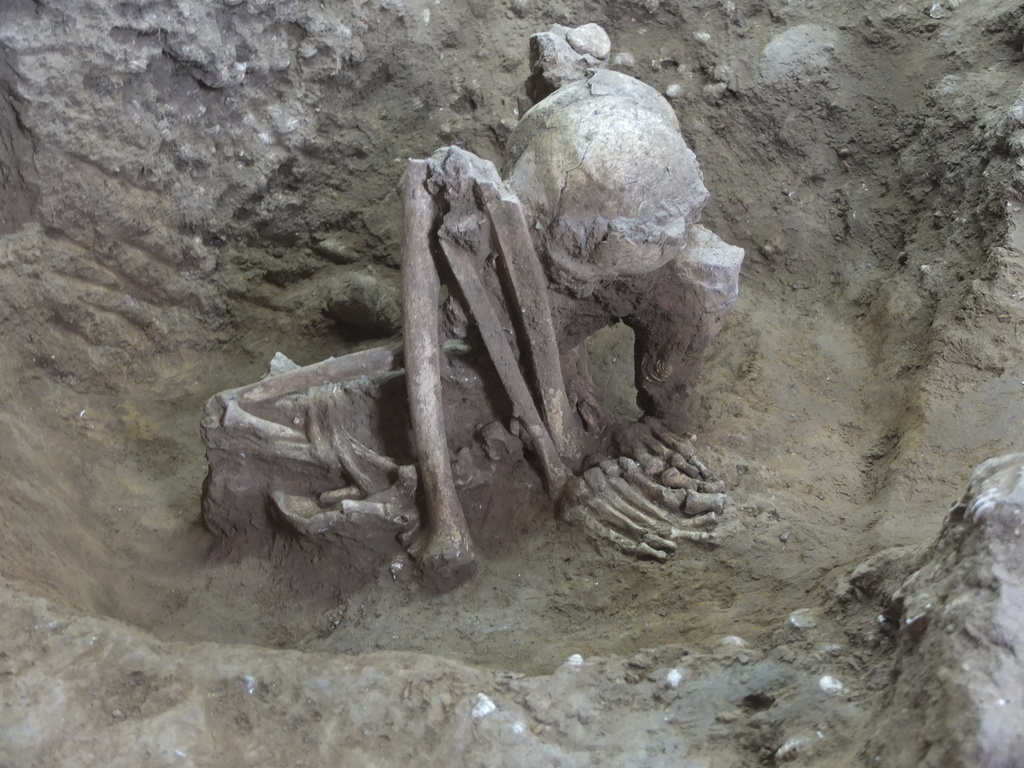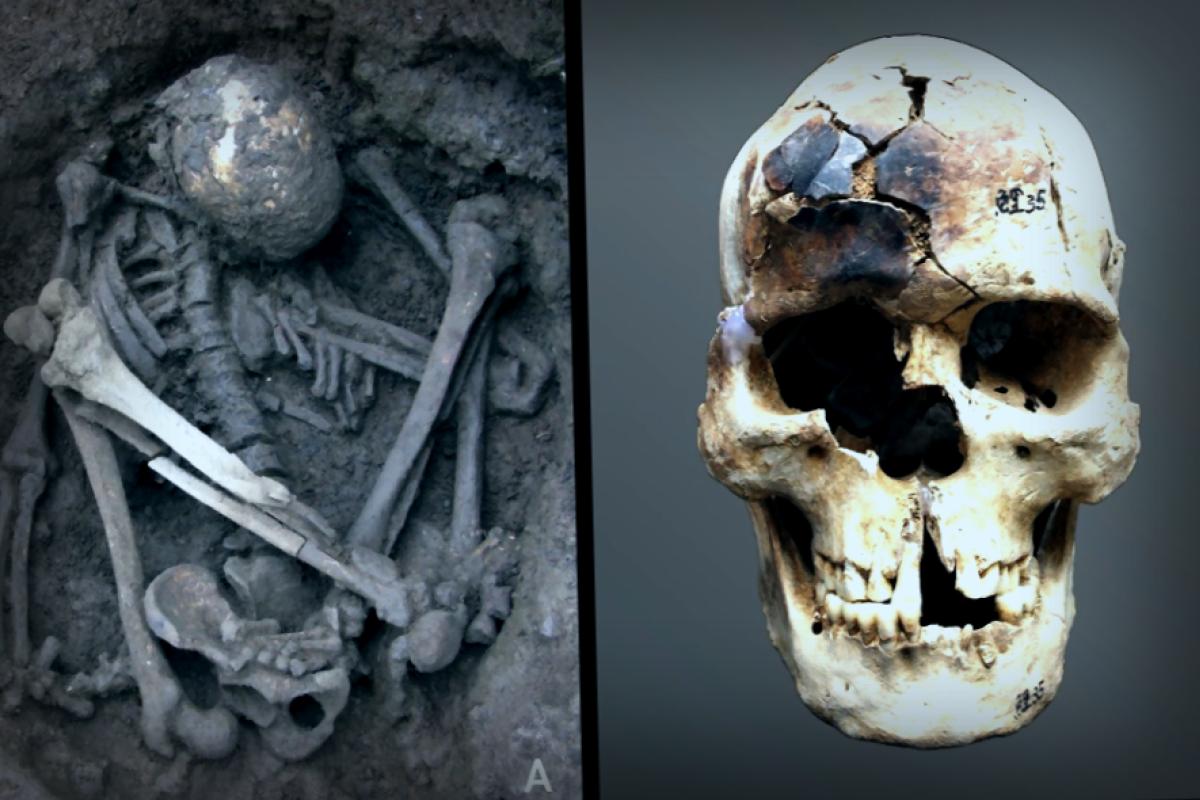In a stunning revelation from Southeast Asia, scientists have potentially discovered the world’s oldest known mummies, dating back an incredible 12,000 years.
Mummification is more than just a practice; it’s a means of keeping the dead intact and preventing their decay. This preservation can occur naturally in environments like the arid sands of Chile’s Atacama Desert or the waterlogged bogs of Ireland, where specific conditions inhibit decomposition. Various cultures throughout history have engaged in mummification through embalming methods, honoring their ancestors or preparing their spirits for the next realm.

While Egypt is famous for its mummies, previously, the oldest confirmed mummies were those of the Chinchorro people, who lived approximately 7,000 years ago in what today spans Peru and Chile.
A groundbreaking study published recently in the journal Proceedings of the National Academy of Sciences has pushed this timeline further back.
Archaeological research revealed human remains discovered in specific sites across China and Vietnam, buried in curled or squatted postures with identifiable cuts and burn marks. Lesser finds have been noted in the Philippines, Laos, Thailand, Malaysia, and Indonesia.
Upon closer examination of the bones, scientists surmised that exposure to heat was likely a factor in the preservation process. This implies that the hunter-gatherer communities came to mummify their deceased by using smoke-drying methods over an open fire.
As the study’s author Hirofumi Matsumura from Sapporo Medical University in Japan described, such practices enabled these communities to maintain physical and spiritual bonds with their ancestors, bridging the gap between past and present through memory.
However, it’s worth noting that the techniques to date these mummies might not be fully reliable, raising questions about the consistency of smoke-drying across various locations in Southeast Asia, noted human evolution expert Rita Peyroteo Stjerna from Uppsala University in Sweden, who was not part of this research.
She pointed out that these discoveries provide a significant contribution to the understanding of ancient burial practices.
Interestingly, mummification remains relevant today, as some Indigenous communities in Australia and Papua New Guinea continue to use smoke-drying methods for their dead, showcasing a time-honored tradition that links back to historic practices.
___
The Associated Press Health and Science Department gets backing from the Howard Hughes Medical Institute’s Science Education Division and the Robert Wood Johnson Foundation. All content is under the sole responsibility of AP.




















